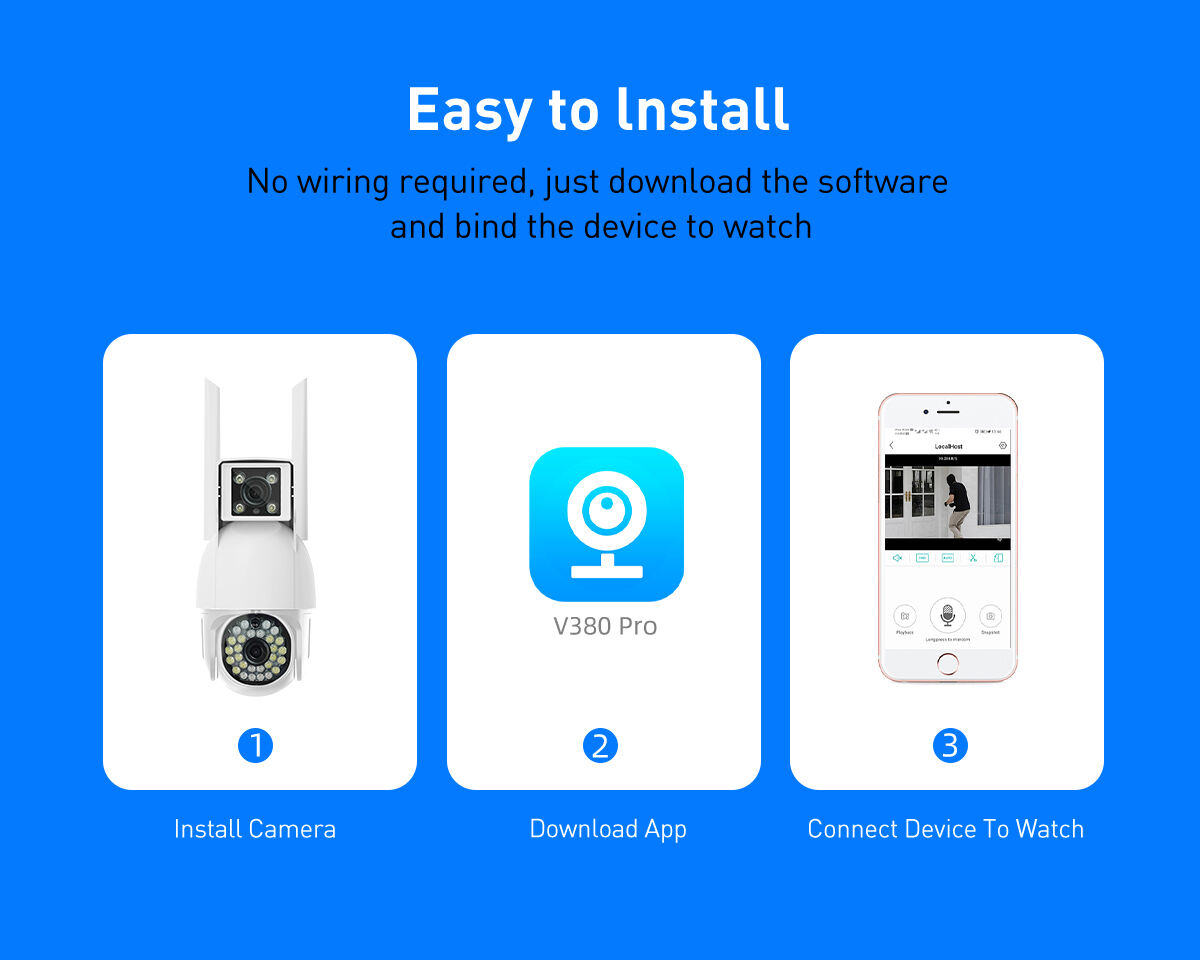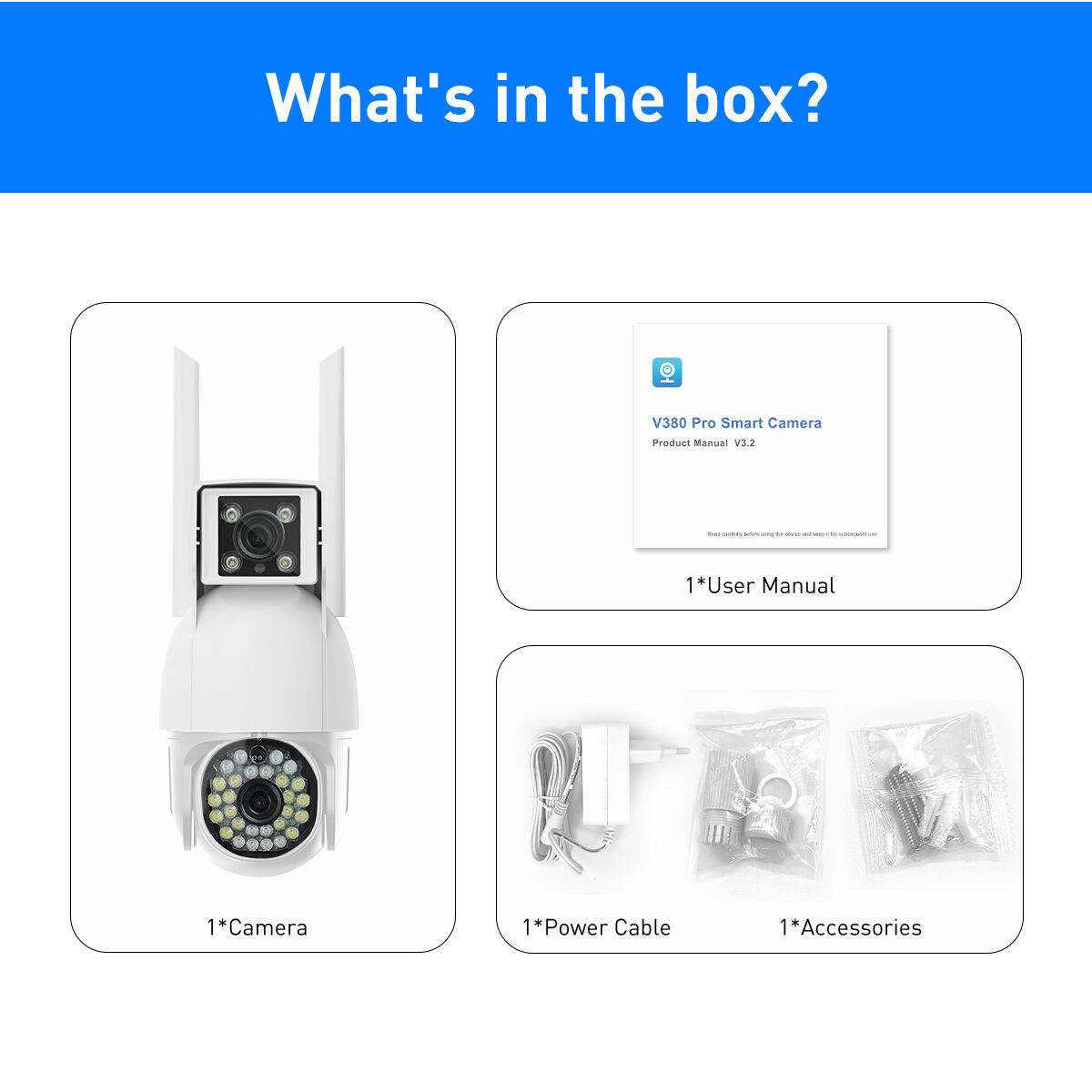dvb t2 dvb c dvb s2
DVB T2, DVB C, and DVB S2 represent the latest generation of digital broadcasting standards that revolutionize how we receive television and multimedia content. These standards work together to provide comprehensive digital broadcasting solutions across terrestrial, cable, and satellite platforms. DVB T2 (Digital Video Broadcasting - Second Generation Terrestrial) offers enhanced terrestrial broadcasting with improved signal robustness and higher data capacity. DVB C (Digital Video Broadcasting - Cable) specializes in cable network transmission, delivering high-quality content through existing cable infrastructure. DVB S2 (Digital Video Broadcasting - Second Generation Satellite) facilitates satellite broadcasting with advanced modulation and coding techniques. Together, these standards support high-definition and ultra-high-definition content delivery, efficient bandwidth utilization, and superior error correction capabilities. They enable broadcasters to transmit multiple channels simultaneously while maintaining excellent picture quality and reliable reception across various environmental conditions. The system's flexibility allows for both fixed and mobile reception, making it suitable for traditional home viewing and on-the-go entertainment solutions.


